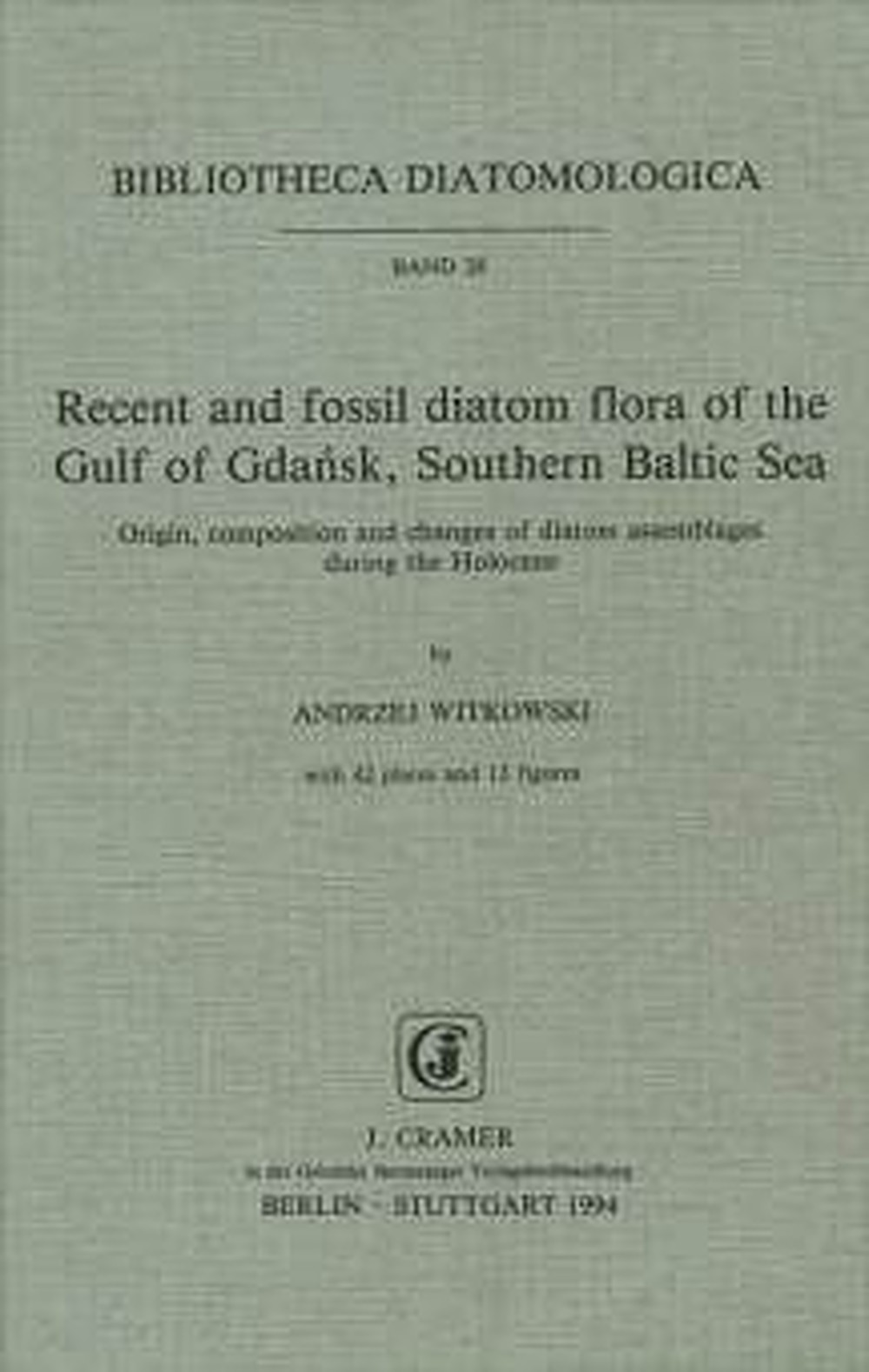Contents top ↑
ABSTRACT 4
ZUSAMMENFASSUNG 5
STRESZCZENIE 6
I. INTRODUCTION 7
II. MATERIAL AND METHODS 9
1 The study area 9
2 Geological development of the study area 10
3 The material studied 13
3.1 Description of the cores studied 16
3.2 Age of the sediments 18
III. RESULTS 20
1 Fossil diatom flora 20
1.1 Cores from a deep water area 20
1.2 Cores from a shallow water area 41
2 Subfossil diatom flora 46
3 Recent diatom flora 54
3.1 Coastal shallows (supralittoral and littoral)
assemblage 55
3.2 Sublittoral assemblage 59
3.3 Deep water (pelagic) assemblage 62
3.4 Anthropogenic assemblage 63
4 Diatom taxa found in the sediments studied 66
4.1 Centrales 66
4.2 Pennales 83
IV. DISCUSSION 188
1 The Baltic fossil diatom flora 188
1.1 The Yoldia Sea 188
1.2 The Ancylus Lake 191
1.3 The Mastogloia Sea 194
1.4 The Litorina Sea 197
1.5 The Postlitorina 201
2 The subfossil flora 203
3 The recent flora 207
V. CONCLUDING REMARKS 213
VI. REFERENCES 218
ZUSAMMENFASSUNG 5
STRESZCZENIE 6
I. INTRODUCTION 7
II. MATERIAL AND METHODS 9
1 The study area 9
2 Geological development of the study area 10
3 The material studied 13
3.1 Description of the cores studied 16
3.2 Age of the sediments 18
III. RESULTS 20
1 Fossil diatom flora 20
1.1 Cores from a deep water area 20
1.2 Cores from a shallow water area 41
2 Subfossil diatom flora 46
3 Recent diatom flora 54
3.1 Coastal shallows (supralittoral and littoral)
assemblage 55
3.2 Sublittoral assemblage 59
3.3 Deep water (pelagic) assemblage 62
3.4 Anthropogenic assemblage 63
4 Diatom taxa found in the sediments studied 66
4.1 Centrales 66
4.2 Pennales 83
IV. DISCUSSION 188
1 The Baltic fossil diatom flora 188
1.1 The Yoldia Sea 188
1.2 The Ancylus Lake 191
1.3 The Mastogloia Sea 194
1.4 The Litorina Sea 197
1.5 The Postlitorina 201
2 The subfossil flora 203
3 The recent flora 207
V. CONCLUDING REMARKS 213
VI. REFERENCES 218
